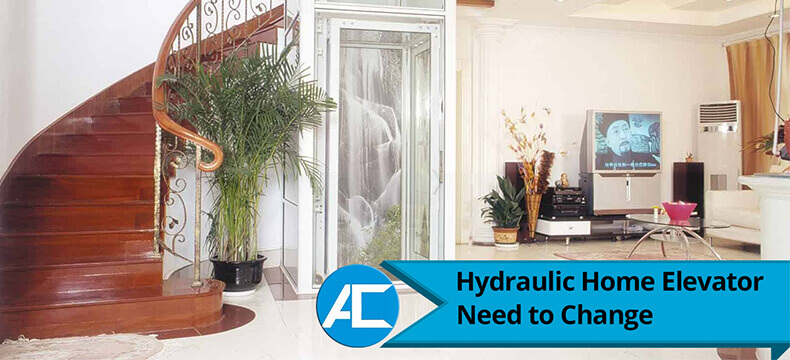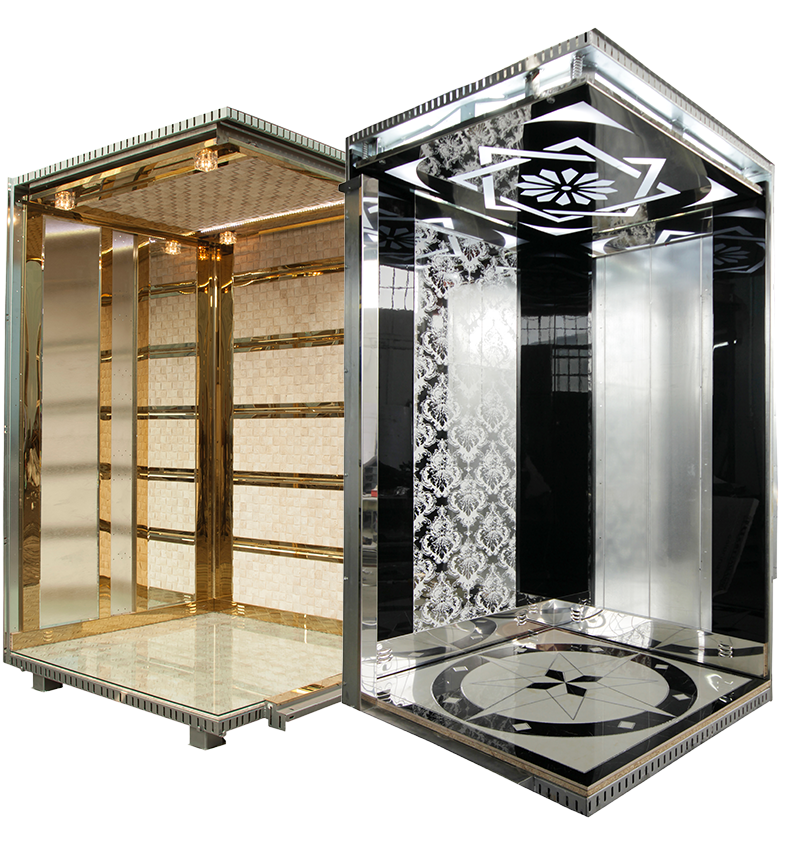When considering the functionality of your hydraulic home elevator, irregular and noisy operation can indicate underlying issues requiring prompt attention. An elevator that should seamlessly glide between floors might start exhibiting jerky movements and delays in response to commands. Such irregularities disrupt the convenience that an elevator should provide and raise safety concerns.
The transition from a smooth, quiet ride to one characterized by unusual sounds, such as grinding or clunking, can be disconcerting. These noises are often a telltale sign that internal parts are not working harmoniously. Components like the hydraulic pump, responsible for moving the elevator, or the cylinder, which houses the hydraulic fluid, might be experiencing increased friction or misalignment. These issues can compound over time, leading to more severe damage if left unaddressed. A proactive approach to identifying and rectifying these problems can help prevent more extensive damage to the elevator system.
Ignoring irregular and noisy elevator operations compromises passenger comfort and jeopardizes the system’s overall safety. Elevators with inconsistent movements could open their doors slightly above or below the intended floor level, creating a hazardous gap for passengers to navigate. Furthermore, the excessive strain on components due to irregular operation can accelerate their wear and tear, increasing the risk of sudden breakdowns.
In conclusion, irregular and noisy operations within a hydraulic home elevator should always be considered. These signs serve as precise indicators of mechanical problems that demand immediate attention. Swift action not only restores the elevator’s smooth and silent functioning but also upholds the safety of its users. Whether addressing worn-out components, recalibrating hydraulic systems, or opting for a replacement, taking these measures will ensure that your elevator remains a dependable and safe mode of vertical transportation.
Get Free QuotesIncreasing Repair Frequency and Costs
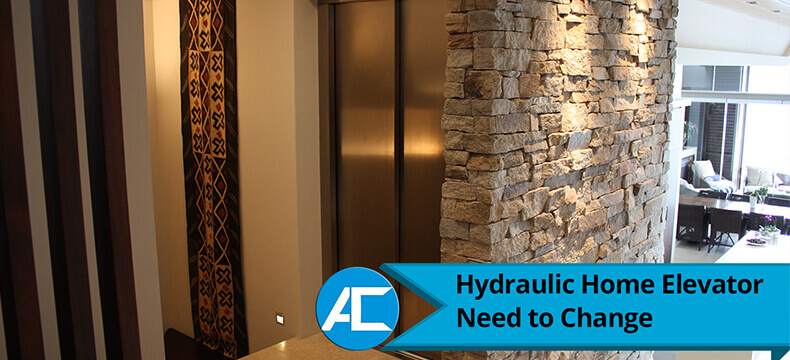
The reliability of your hydraulic home elevator is closely tied to its maintenance needs. If you call for repairs more frequently and witness a rise in associated costs, it is a clear sign that your elevator might be nearing the end of its service life. As the elevator ages, its components, such as the hydraulic pump, valves, and control systems, can experience wear and tear, leading to recurring malfunctions.
Transitioning from occasional maintenance to a cycle of frequent repairs can be financially draining. Each repair visit comes with costs, including parts replacement, labor fees, and potential downtime. These expenses can add up quickly, and what initially seemed like minor issues can escalate into more significant problems if left unchecked. Consequently, assessing whether the cumulative cost of repairs outweighs the benefits of retaining the current hydraulic elevator is crucial.
The gradual increase in repair frequency impacts your budget and disrupts the convenience of having a functional elevator. Elevator downtime due to repairs can inconvenience occupants, primarily if the elevator is a primary mode of vertical transportation. Furthermore, the uncertainty of when the following breakdown might occur can lead to anxiety and concerns about safety.
Replacing an aging hydraulic home elevator when repair frequency and costs become burdensome is a strategic decision that saves money and ensures consistent accessibility. By transitioning to a new elevator model, homeowners can enjoy improved reliability and reduced maintenance expenses. Led by Imran Rafi, Access Technologies specializes in offering state-of-the-art elevators to enhance convenience and safety. Shifting to a newer, more efficient elevator not only resolves the issues of escalating repair costs but also provides peace of mind, knowing that occupants can move effortlessly between floors without the looming uncertainty of breakdowns.
Get Free QuotesOutdated Safety Features
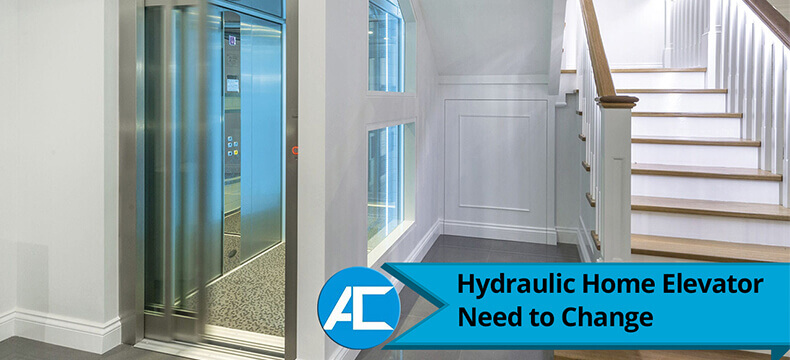
Ensuring the safety of passengers is paramount when it comes to home elevators. Over time, safety standards and regulations evolve, introducing advanced features that enhance user protection. If your hydraulic home elevator is equipped with outdated safety features, it could be compromising the well-being of its users. Safety measures such as emergency alarms, backup power systems, and improved door sensors have significantly evolved. If your elevator lacks these modern advancements, it indicates that an upgrade is necessary.
Transitioning from an older hydraulic home elevator with obsolete safety features to a newer model with cutting-edge safeguards offers multiple benefits. Enhanced emergency alarms can provide more precise crisis communication, enabling passengers to receive instructions or assistance promptly. Backup power systems ensure elevators can operate during power outages, preventing passengers from being trapped between floors. Additionally, improved door sensors minimize the risk of entrapment, addressing a common concern with older elevator models.
Refraining from upgrading to a hydraulic home elevator with contemporary safety features poses potential risks. Outdated safety mechanisms can lead to slower response times during emergencies, potentially jeopardizing the well-being of passengers. In power failures, passengers might be stranded, especially if the elevator lacks backup power, leading to inconvenience and potential distress.
The decision to replace an elevator due to outdated safety features is not just about adhering to regulations; it is about safeguarding lives. Upgrading to a modern hydraulic home elevator with advanced safety measures ensures that passengers can confidently travel, knowing their well-being is a top priority. Access Technologies, under the ownership of Imran Rafi, offers a range of elevators that meet the highest safety standards, providing homeowners with peace of mind and a reliable means of vertical transportation.
Get Free QuotesObsolete Technology and Aesthetics
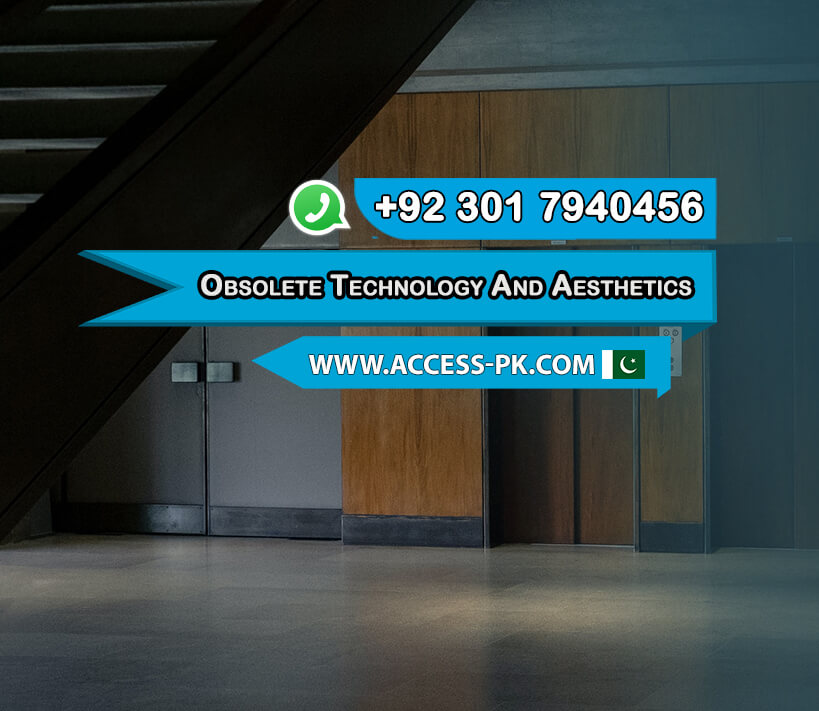
The intersection of technology and aesthetics plays a significant role in a hydraulic home elevator’s overall appeal and functionality. As technology continues to advance, older elevator models might become equipped with obsolete features, hindering their efficiency and user experience. If your elevator is marred by outdated technology and fails to align with your home’s aesthetics, it’s a strong indicator that a replacement is worth considering.
Outdated technology can manifest in various ways, from slow and cumbersome controls to inefficient energy consumption. Older elevators might need more modern conveniences, such as touchscreen interfaces, which simplify operations and enhance user-friendliness. Upgrading to an elevator with advanced technology can streamline the user experience, allowing occupants to navigate floors effortlessly and enjoy the benefits of intuitive controls.
Furthermore, aesthetics are crucial in seamlessly integrating an elevator with your home’s design. Older models might have a dated appearance that clashes with contemporary interior themes. By opting for a replacement, homeowners can select from a range of elevators with sleek, modern designs that complement their existing decor. This transformation not only enhances the home’s visual appeal but also showcases a commitment to both form and function.
Led by Imran Rafi, Access Technologies offers a comprehensive range of elevator models that bridge the gap between obsolete technology and contemporary aesthetics. By upgrading to a modern hydraulic home elevator, homeowners can enjoy a harmonious blend of cutting-edge technology and elegant design. This upgrade enhances convenience and efficiency and adds a touch of sophistication to the home environment. In the end, a replacement that addresses both obsolete technology and aesthetics serves as a strategic investment in elevating residents’ overall quality of life.
Get Free Quotes

